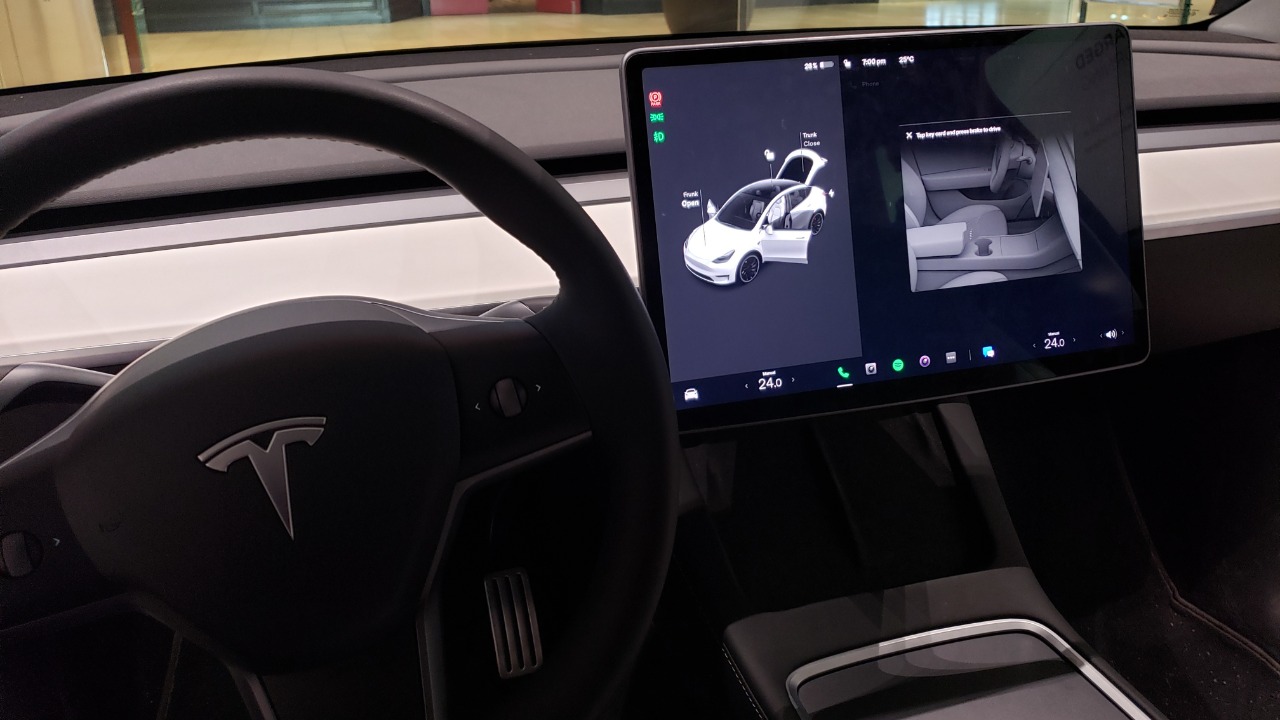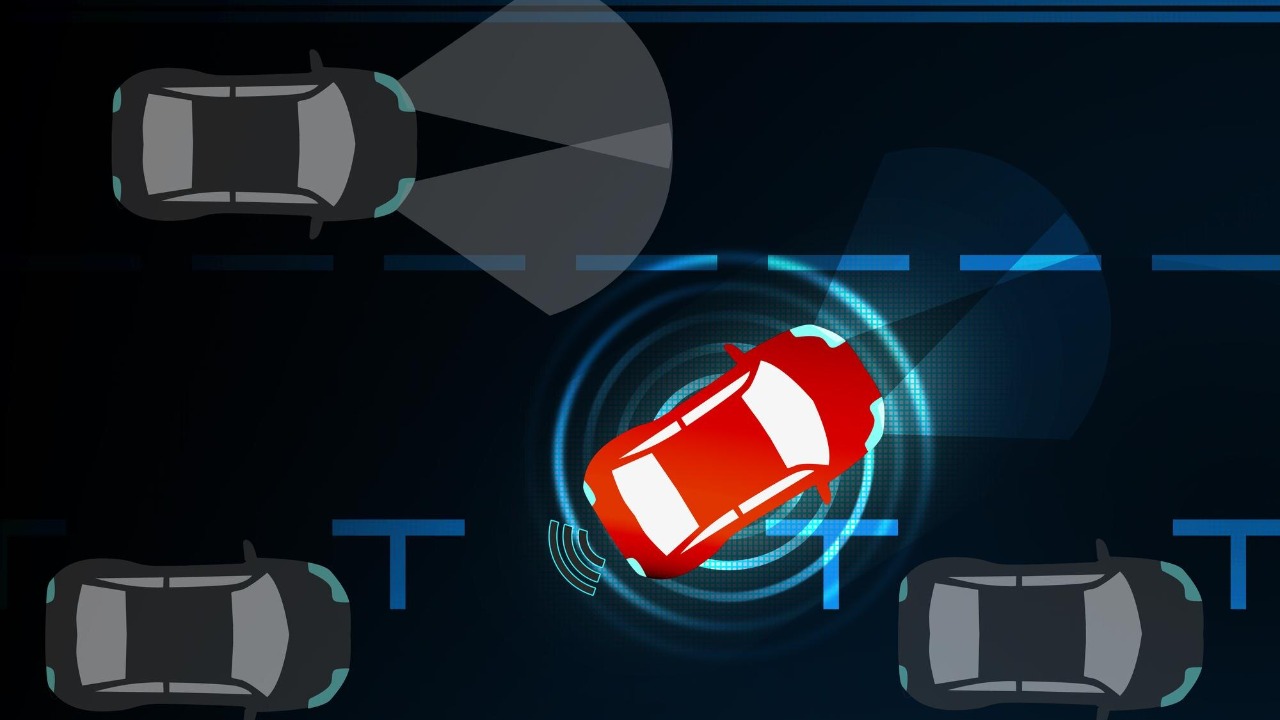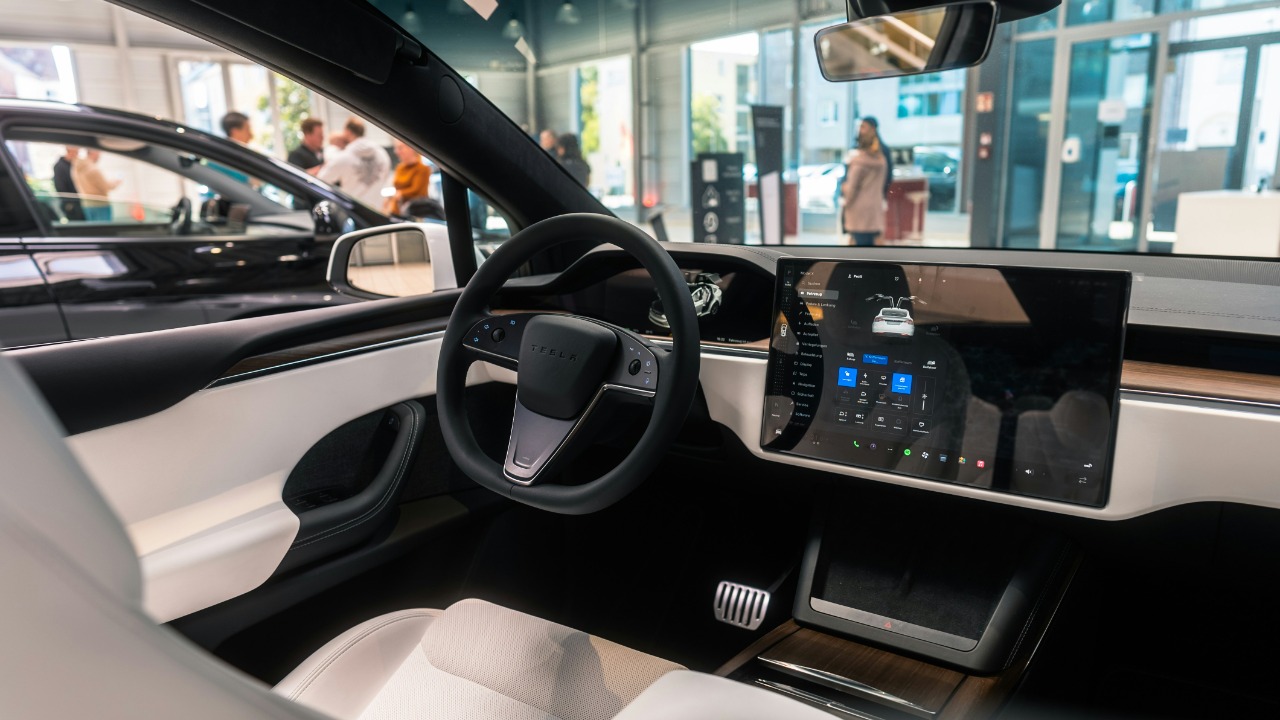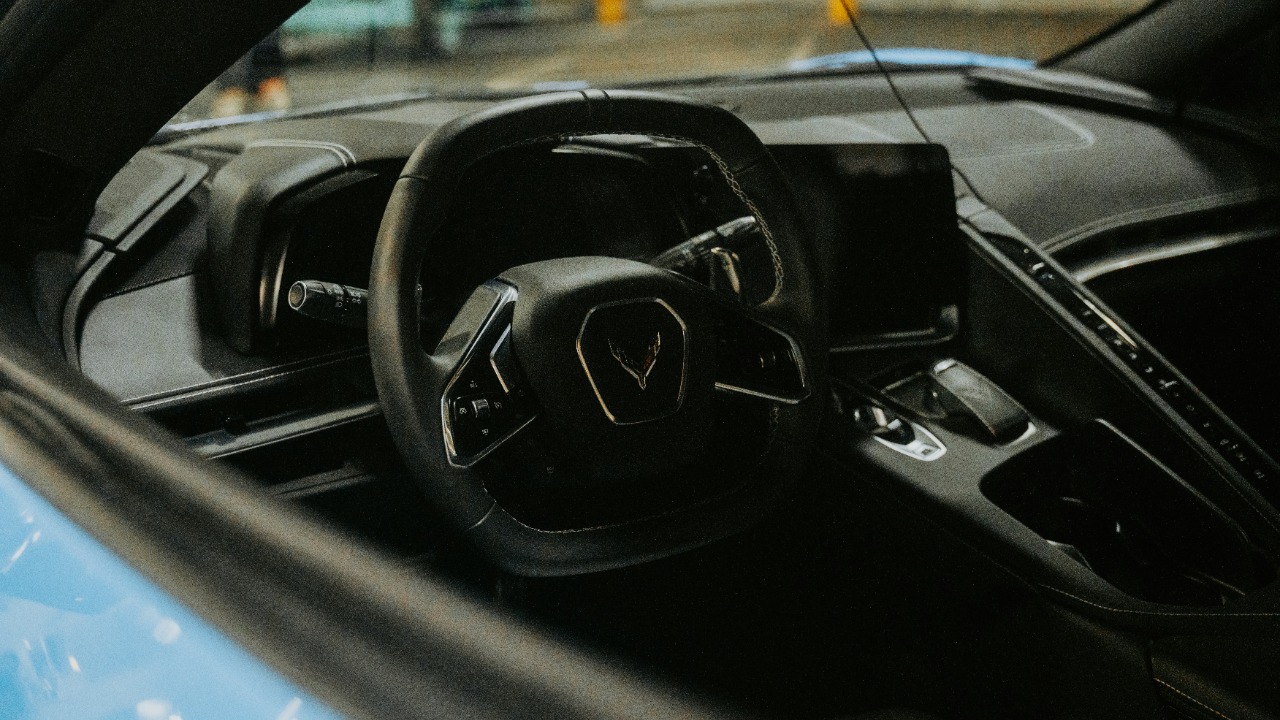
As technology continues to advance at a rapid pace, our cars are becoming smarter and more connected than ever before. Let’s explore the five new sensors that are set to revolutionize the way we drive, improving safety, convenience, and our overall driving experience.
1. Advanced Driver-Assistance Systems (ADAS) Sensors: The Future of Safe Driving

Advanced Driver-Assistance Systems, or ADAS, are making driving safer and more convenient. These systems use sensors and cameras to monitor the vehicle’s surroundings, alerting the driver to potential hazards and even taking corrective measures when needed. For instance, lane departure warning and automatic emergency braking are part of these systems. As ADAS technology continues to advance, expect these sensors to become more common in all vehicle models.
2. LiDAR Sensors: 3D Mapping for Autonomous Vehicles

LiDAR (Light Detection and Ranging) sensors are integral to the development of autonomous vehicles. By emitting light pulses and measuring their return time, these sensors can create a detailed 3D map of the car’s surroundings. This technology enables the car to understand its environment, making decisions like a human driver would. While LiDAR is currently associated mostly with high-end vehicles and autonomous prototypes, its cost is falling rapidly, paving the way for widespread adoption.
3. Biometric Sensors: Personalizing Your Driving Experience

Biometric sensors are set to revolutionize the way we interact with our cars. By identifying unique physical or behavioral traits, these sensors can offer a personalized driving experience. For example, they can adjust seat positions, mirror angles, and even driving modes based on the identified driver. Moreover, biometric sensors can enhance vehicle security, allowing access only to authorized individuals. Check out this discussion to learn more about them.
4. Health Monitoring Sensors: Taking Care of You on the Go

With the rise of wearable technology, health monitoring isn’t just for the gym anymore. Cars are starting to incorporate these sensors too, monitoring vital statistics like heart rate and stress levels. In stressful or emergency situations, these sensors could even alert emergency services. While still in the early stages of development, health monitoring sensors represent a new frontier in in-car technology.
5. Vehicle-to-Everything (V2X) Communication Sensors: Connecting Your Car to the World

Vehicle-to-Everything (V2X) technology allows your car to communicate with a multitude of entities — from traffic lights and road signs to other vehicles and pedestrians. These sensors can warn drivers of possible collisions, upcoming traffic congestion, or changes in traffic patterns. As more vehicles become equipped with V2X communication sensors, expect to see a significant improvement in road safety and traffic efficiency.